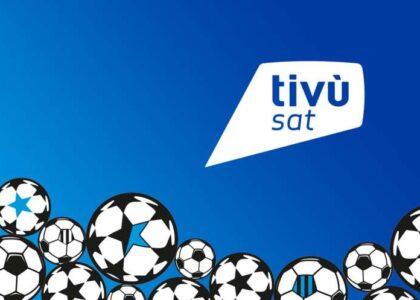More service providers than ever are now entering the broadcast space and the technology landscape for content distribution can be highly confusing. David Crawford, MD, satellite for Arqiva, asks what this means for the future of satellite TV in a hybrid connected world, and can satellite keep up with these OTT services and IP-delivered content?
Many are left bewildered by the choice, leaving only the ‘gadget geeks’ able to stay up to speed. But it is not just the tech-savvy who are enjoying regular use of platforms like Netflix and BBC iPlayer. According to Netflix the average ‘streamer’ watches 46.6 hours of content monthly, and earlier this year BBC iPlayer announced that in 2013 they had a record three billion programme requests. These statistics show the growing appetite for OTT content.
Many would argue that media convergence – where internet-based services are used seamlessly in line with traditional linear television viewing – will actually improve viewer experience and the longevity of satellite rather than threaten it. Many people still consider linear television to be ‘real television’, with all other options viewed as ‘something extra’. Connected devices are becoming more and more ubiquitous, but there is no reason why satellite – as a linear broadcast technology providing a simple and reliable service – cannot continue to play a major role when there is little sign of change in viewing habits. While the convergence of broadcast, IPTV and broadband delivery through smart TVs and set-top boxes (HbbTV) is well-established across Europe, this sits alongside the provision of satellite delivered content. The point is that the end-user experience should not differentiate between the delivery method.
Viewers have a hunger for live programming, especially when it comes to news, sports and reality TV. Despite our increased access to near-line, off-line and archive programming, socially we expect to watch certain programming and genres live. The benefit of this being delivered via satellite is the agility of SNG vehicles being at the live event and distributing the content globally, quickly and efficiently. Missing The X-Factor, the latest breaking news or goals scored in the Premiership as they happen can leave people feeling left out, and unable to share and banter with other viewers. Using the red button to vote or interact with the show is an enhancement to linear viewing – not a replacement.
The key to satellite is in its simplicity. While the television experience is now considered to be interactive, it is what we wrap around the viewing experience, rather than the content itself which makes it interactive. There are massive changes in the way we consume television now – such as where we watch it, what device we watch it on, and who we watch it with – but does this make it interactive? It’s become the norm now to tweet, post on Facebook or use the red button on a remote control while we watch TV. We want to share our thoughts on what we view with our friends and other audiences. But underneath all of this, the content itself is a sequence of moving images which are broadcast and watched in the quality and speed that audiences have come to expect.
A huge benefit of satellite is in its ability to service large coverage areas, including hard-to-reach rural regions. In the UK one satellite transponder’s coverage ability is as good as that of several hundred terrestrial hilltop-located transmitter towers. Rolling out broadband services for on-demand and catch up TV to land-based locations struggling for high speed broadband service, is not cost-effective for providers, as well as being incredibly difficult to implement. Across some regions such as the Middle East and North Africa, the number of unique TV channels is expected to almost double from 2,800 now to 4,600 in 2023 (Euroconsult). This is due to be largely satellite driven.
Satellite is very much alive and has a bright future. Hunger for live broadcasting is as strong as ever, and satellite is a cost effective and efficient way of transmitting these feeds over large and difficult to reach areas. Connected devices will play an important part in improving viewers’ experiences, allowing them to seamlessly interchange between live broadcast and the internet on their devices. In the future, it won’t be about the speed of broadband to homes – Netflix running UHD needs about 15-18mbps – it will be about the speed being able to support simultaneous streams, and more importantly that the broadband infrastructure (and CDNs) is able to support large scale delivery of live content (eg sports and The X Factor) to audiences of ten million plus. We see convergence not as a threat to satellite, but as the emergence of a hybrid world which offers real enhancement to consumers’ viewing experiences where available.
Article originally published on TVBEurope on 29/10/2014



